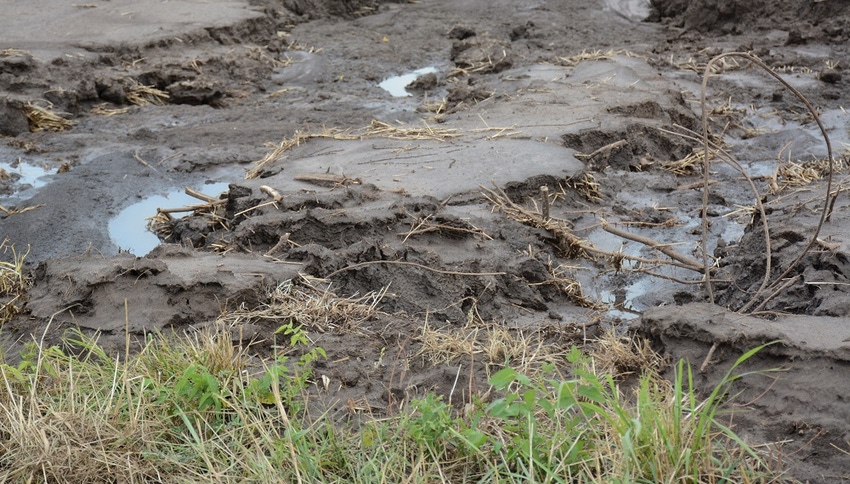
The earth and the people who live on it are in for a world of hurt. Bear with me a moment before shutting me down with, "Oh, just another disaster theory!"
We have become a little blasé about doom and gloom predictions, and with good reason: We made it through the long running Cold War; the predicted ice age in the 1970s somehow morphed into global warming and then climate change; the AIDS epidemic fizzled out with a little applied common sense. We survived these things, but there is a human-caused disaster in the making that is at least as serious as anything mankind has ever faced.
We are destroying the thin veneer of the earth that makes life as we know it possible. I refer to our soil, which we are destroying at an increasingly rapid rate. Sadly, much of this destruction comes from modern technology, and its widespread across the globe.
After a long period of often destructive farming practices, due partly to the vast amounts of "new ground" that came available during the nineteenth century, the Dust Bowl days served as a wakeup call for the need for farming practices that preserved natural resources. Real progress was made from the 1920's well into the 1940's on developing methods and practices that both increased production and promoted soil health. This occurred even though economic conditions were very poor during much of this time period.
Agricultural colleges and good farmers applied both science and common sense to come up with not only techniques, but also a philosophy of land ethics that made sense financially and ecologically. These were the glory days of American agriculture, when the values of diversified farming and soil conservation were demonstrated nationwide. This happened in spite of policies and programs applied by politicians with no understanding of either agriculture or economics. There were still poor farmers with poor ways around but they were not the norm in most areas.
World War II brought change to rural areas in several ways: Young men in uniform meant labor shortages; materials of all sorts were in short supply; and demand for agricultural products went sky high.
These were significant changes, but the real changes to agriculture came after the war ended. Mechanization of agriculture exploded due to labor shortages and suddenly available farm equipment. Chemical fertilizers and powerful pesticides completed transitioning much of agriculture from a biological process to an industrial process in a very short time. This conversion was actively promoted by government policies designed to increase production of grain for export. The results were to take decision-making power away from individual farmers acting in their own interest and give it to bureaucrats. This pretty much ended any active role for government in sustainable agriculture. LISA – Low Input Sustainable Agriculture – a last-ditch program by some diehards in the USDA – died quickly when big ag brought pressure on Congress.
It appears today that industrial agriculture is firmly in control of the USDA and the EPA. For example, it makes me wonder when a product like glyphosate, which is banned as cancer-causing in many countries, is routinely sprayed on food crops grown for human consumption in this country.
Farmers are regularly advised that all of the trappings of industrial agriculture: the acid-salt fertilizers, the many kinds of pesticides/poisons, the genetically modified organisms, and getting animals off the land and into confinement housing are all necessary to "feed the world." The people pushing the industrialization pay scant attention to the results of their recommended practices on the health of the land. Neither, evidently, do they pay attention to the effects of these practices on people.
This would be a sad situation if we had no choices; it is far worse since we do have alternatives. Individual producers are devising methods and practices that allow them to do away with some or all of the destructive practices. To replace inputs, especially death-dealing inputs, with well-thought-out management.
Good producers are bringing back "old fashioned" practices such as crop rotations, cover crops, animals back on the land, good grazing management, and a philosophy that promotes life rather than one that is based in death.
Humans have the ability to reason; we can develop management techniques to replace, or at least greatly reduce, the need for what one wise pundit called "toxic chemistry." The starting point should be building soil health. Plants growing in truly healthy, biologically robust soil are amazingly resistant to pest organisms; insects, root-eating nematodes, and pathogens. It follows that animals, including people, who consume healthy plants gain health, and science is showing us such results.
Healthy soils effectively capture and store both water and air; plants growing in these soil suffer much less from too much or too little water.
The needed changes will take time but the result will be farms and ranches that are productive, stable and profitable.
About the Author(s)
You May Also Like




